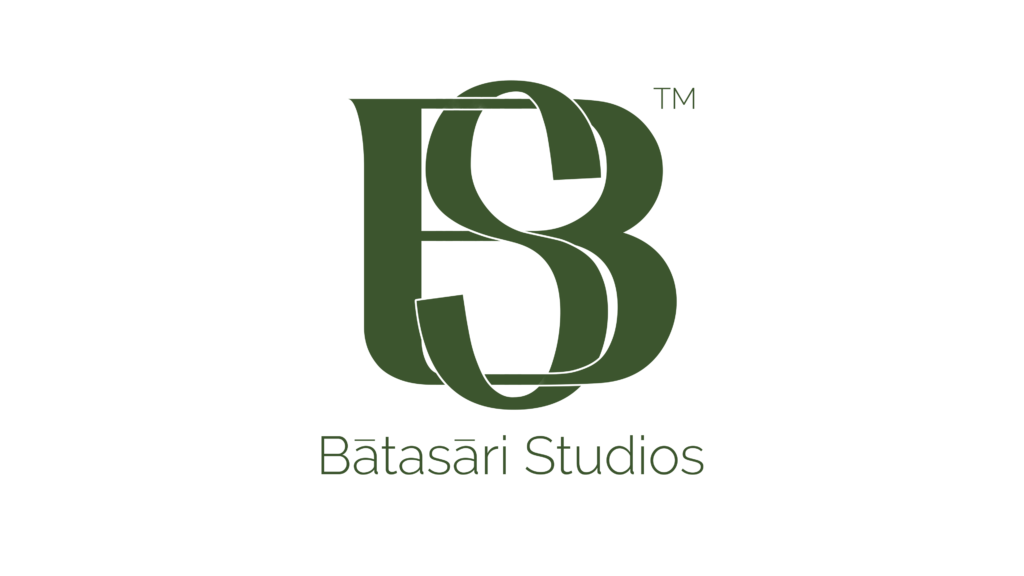I’m a strategy consultant operating across business, product, and market intelligence.
I collaborate with platforms, founders, and institutions to architect growth systems rooted in behavioral insight, structure, and
storytelling.
Ready to turn insight into infrastructure?
My first step is to analyze your context, map your constraints, and surface the real leverage points that define your problem space. Once the dynamics are clear, I architect a strategic model that aligns your objectives with systems designed to structure decision pathways, sharpen strategic intent, and cultivate momentum that scales naturally.
Organizations rarely break from the outside. They fragment slowly from within, not through obvious cracks, but through unnoticed gaps in strategy, culture, and structure. It’s within these hidden layers that the real story unfolds, and within that quiet space, I structure strategy by diagnosing structural inefficiencies, incentive gaps, operational bottlenecks, and friction points. Every engagement transforms behavioral patterns into leverage frameworks—building operating models that accelerate scale, reduce entropy, and compound decision efficiency over time.
At the root of every product is an ecosystem of behavioral triggers, feedback loops, cognitive friction points, and memory anchors—the invisible infrastructure of human engagement. Creation, for me, isn’t about building something new. It’s about building something inevitable. It’s about engineering interactions, narratives, and experiences that are designed to drive memory, traction, and growth. I synthesize strategic market positioning and cognitive load patterns into systems that don’t just function—they perform, evolve, and embed themselves into the ecosystems they are meant to serve.
In a world overflowing with data, meaning becomes a rare commodity. Curation isn’t about choosing what’s available. It is the art of extracting strategy from chaos and constructing intelligence layers that prioritize signal over noise. It’s a form of strategic excavation-identifying critical patterns and structuring information in ways that sharpen both perception and action. I filter actionable insights from data ecosystems through pattern recognition, cohort behavior analysis, and relevance mapping. True curation isn’t about organizing what exists; it’s about shaping what becomes possible.

Customer, Product, and Market Strategy
Market and Customer Segmentation
You may have a great product or service, but if you don’t know precisely who you’re trying to reach, you risk missing out on significant opportunities. This is where market segmentation comes in, providing a clear roadmap to navigate your customer base. Market segmentation is the process of dividing a broad consumer or business market into sub-groups of customers based on shared characteristics. The market is constantly evolving, and so should your segmentation strategies. What worked last year, or even last quarter, might not be as effective today. This is why dynamic segmentation is essential.
Expand Insight
Dynamic segmentation involves regularly reviewing and adjusting your segments based on new data, market trends, and changes in customer behavior. By utilizing advanced analytics, you can go beyond basic demographic segmentation and delve into behavioral and psychographic segmentation. A sudden shift in economic conditions might lead to changes in customer spending habits, requiring you to re-evaluate your target markets and adjust your marketing strategy.
Go-to-Market Strategy
Launching a new product or service is exciting, but it’s also one of the most challenging moments for any business. You’ve done the hard work of development. Now, it’s about getting your product in front of the right people and convincing them to buy. A successful GTM strategy is all about the details: knowing your customers inside and out, understanding their cultural nuances, economic realities, competitive landscape, choosing the right distribution channels, and creating a seamless customer experience. Entering a new market can be daunting, whether you’re expanding into a new region or launching a product in a different industry.
Expand Insight
Each market comes with its own set of challenges. What worked in one market may not work in another. A product that thrives in a tech-savvy urban environment might struggle in a rural area with limited access to technology. Similarly, what resonates with consumers in region A might not have the same appeal in region B or C. You need to adapt your messaging, pricing strategy, and distribution channels to fit the market you’re entering
Product Innovation
Innovation allows you to differentiate your company from competitors, address customer pain points, and tap into new revenue streams. But it also involves navigating complex market demands, tech advancements, and shifting customer preferences. A product innovation strategy guides the development of new products or improvements to existing ones. It outlines the goals, processes, resources, and timelines necessary to bring innovative ideas to fruition. Introducing new products can drive growth, diversify revenue streams, and enhance market positioning. This helps you stay relevant by adapting to market changes and customer preferences.
Expand Insight
It requires significant improvements or entirely new developments that deliver real value to customers. One common pitfall in product innovation is the feature-to-price mismatch. This is where products are either over-engineered or underpriced relative to the market’s willingness to pay.
To ensure your products and services are viable, marketable, and meet customer needs, feedback is vital. Incorporate customer feedback early and often in the development process, creating prototypes and testing with real customers.
Don’t underestimate the importance of pricing and monetization strategies throughout to ensure your products and services are commercially viable.
Product Portfolio Management
Each product in your portfolio has a lifecycle, from introduction & growth to maturity & eventual decline. Managing this journey well is what keeps a product portfolio strong and forward-moving. Product portfolio management (PPM) is the strategic process of overseeing and coordinating your company's entire range of products. It involves evaluating and optimizing your product line to ensure each product aligns with your overall business objectives. One common pitfall in PPM is spreading resources too thin across multiple projects, which can dilute efforts and lead to underwhelming results.
Expand Insight
The key is to prioritize the products with the highest potential for strong returns. PPM allows you to make informed decisions about which products to develop, enhance, or retire. Every product in your portfolio should contribute to your company’s profitability.
This means regularly assessing the financial performance of each product, not just in terms of sales but also in terms of costs and margins. During the early stages of a product’s lifecycle, the focus should be on market penetration and growth. As the product matures, the emphasis shifts to maximizing profitability and extending its market life.
Eventually, as the product reaches the end of its lifecycle, you’ll need to plan for its phase-out. Here it’s important to ensure the product’s exit doesn’t disrupt your overall portfolio.
Growth Strategy
When business leaders think about growth, it's easy to focus on expanding the customer base, increasing revenue, or scaling operations. But what does business growth truly mean? How do you ensure your growth is sustainable and profitable in the long term? But to succeed, you need a well-defined strategy that focuses on the right areas of commercial growth and balances ambition with profitability. Growth is often defined by metrics like revenue, market share, or customer acquisition. However, these KPIs only tell part of the story. While they’re important indicators of progress, they don’t capture the full picture of business growth.
Expand Insight
Growing your customer base or launching new products can lead to impressive numbers, but if your margins are shrinking or operational costs are rising faster than revenue, you’re heading in the wrong direction.
True growth is about increasing your bottom line without sacrificing your long-term success. This means balancing short-term gains with resilience and ensuring every growth initiative strengthens your business’s foundation rather than just it’s size.
The focus should be to grow in a way that enhances your profitability, solidifies your market position, and aligns with your business plan.
Customer Lifetime Value
Focusing solely on customer acquisition is no longer enough to sustain growth and profitability. Not all customers contribute equally to your profitability. Identifying high-value customer segments allows you to allocate resources more effectively, and it's crucial to maximize the value of your existing customers, which is where customer lifetime value (CLV) comes in. The more value you provide to your customers, the more value they will provide to you. This creates a cycle of loyalty, satisfaction, and profitability that keeps your business thriving. CLV models allow you to tailor marketing and customer experience strategies to each group’s specific needs.
Expand Insight
High-CLV customers might be more responsive to loyalty perks or exclusive offers. Low-CLV customers might need more nurturing through personalized follow-up and special promotions. Understanding customer segments through the CLV lens can help prioritize and refine efforts to build deeper, more profitable relationships.
Increasing customer retention is one of the most effective ways to boost CLV. Existing customers are more likely to continue purchasing from you. And keeping them around is far less expensive than acquiring new ones.
However, many companies struggle with retention because they don’t take a proactive approach. Loyalty programs are a proven method to keep customers engaged. Whether it’s a points-based system, tiered rewards, or exclusive perks, loyalty programs reward repeat business and encourage customers to keep coming back.
When you design a loyalty program with your most valuable customers in mind, you can see a direct impact on their purchase frequencies and overall lifetime value. When you optimize CLV, you’re not just chasing short-term gains. You’re building a business that thrives on strong customer relationships, where your customer base isn’t just growing in numbers, but in value.
Industries I Work Across








